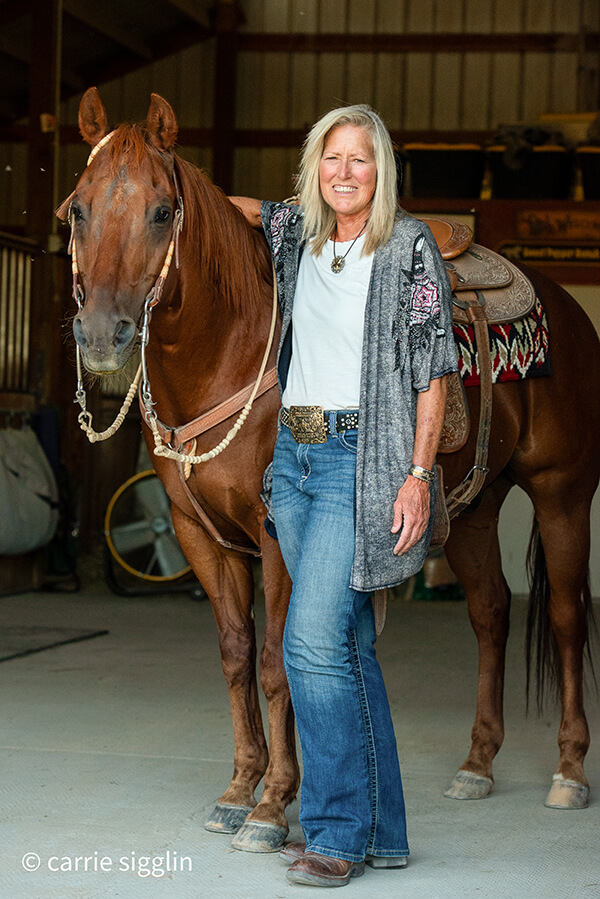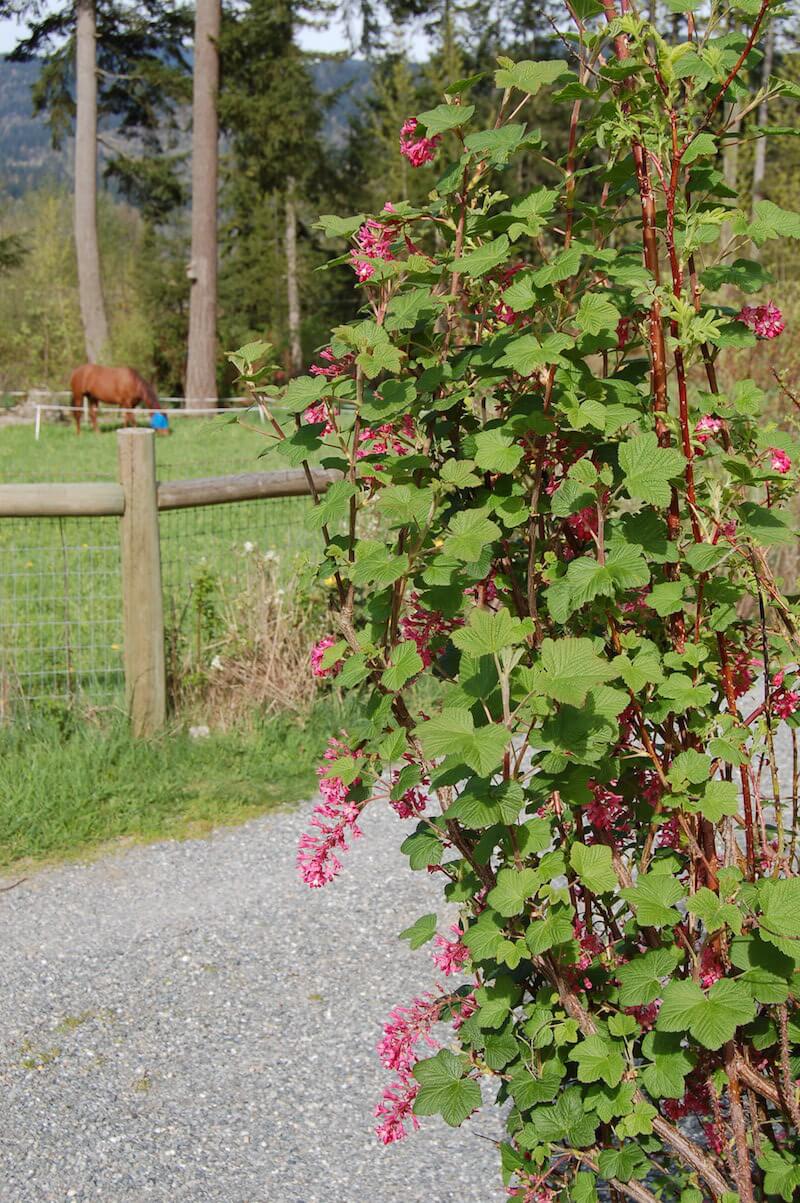How to Use Plants as Fire Protection
by Alayne Blickle, Horses for Clean Water
Last summer wildfires raged across much of Western United States, including the Pacific Northwest. Since late summer is still fire season for many parts of the Pacific Northwest and since horse owners usually live in rural areas, fire-wise landscaping is good to consider now, before it’s too late.
Where Matt and I and the horses live in southwestern Idaho, there is a great need for wildfire awareness—the dry desert climate paired with a high potential for lightening storms puts us at high risk. Last summer Matt and I went on a moonlight trail ride with horse friends in the Owyhee Mountains. A warm wind came up during our ride and off in the distance we saw ominously dark clouds, terrifying lighting strikes and the resulting fiery, red flames silhouetted against the night sky. By the next morning we learned that something like thirteen range land fires had been started that night.
Reducing your risk of wildfire begins with properly landscaping your property—“fire-wise landscaping.” It starts with looking at your defensible space, the area around your home or barn where vegetation is managed, to reduce the chance of it igniting during a wildfire. There are three fire-wise zones or circles of defensible space around your house or barn: Zone One, the 30+ foot circumference around your house or barn; Zone Two, the area that’s between 30 and 60 feet around your house or barn; Zone Three, the area that extends from 60 to 100 feet around your house or barn
In Zone One include only low-growing, fire-resistant plants and hardscape—rocks, rock mulch or stone patios. Zone One plants should always be irrigated to keep them green. Keep these plants well-pruned, removing any dead materials and leaf debris. Mow or weed-whack grass or weeds. Strictly avoid conifers which ignite easily and wick flames up their canopy to the tops of buildings. Ground covers are an excellent choice because they produce little or no flame when ignited and do not require much water.
Zone Two can include other low-growing, fire-resistant plants but should continue with the rock mulch and hardscaping. Keep plant densities down. Shrubs can be added but should be kept at a distance from each other of twice their height. Keep the volume of plant material low by mowing tall grass and pruning trees or shrubs. This area, too, should be irrigated and remain green.
Zone Three can contain other types of plants and those of taller varieties, including trees. To reduce fire risk, thin or prune branches and remove lower tree limbs approximately 6 to 10 feet off the ground. This reduces the fuel ladder risk which allows flames to leap from grass to lower tree limbs and climb to tree tops. Examples of plants with increased flammability include sage (the herb), sagebrush, juniper and conifers. Attributes in plants that increase flammability include high resin content, low moisture, and tall growth with lots of branches, cones or other leaf debris.
Fire-resistant plants have the following characteristics: high moisture content (red and golden currant); high salt or soap content (honeysuckle, soapwort, saltbrush, mock orange); low growing, compact form (creeping phlox, stonecrop); low oil or resin content (clematis, flax); drought tolerant (penstemon, globemallow); green stems (succulents) and large leaves (hops vine). A few other examples of fire-resistant plants include quaking aspen, mature ponderosa pine, fruit trees, hawthorn, snowberry, elderberry and sumac.
It is important to understand that fire travels uphill very quickly; a draw or valley works just like a chimney, pulling fire and flames up its sides. Houses, barns and other structures should be away from the edges of bluffs or the top of hills. In conclusion, to avoid inviting wildfire onto your horse property, remember that if a plant is not green, keep it low and lean!
Looking for a summer vacation or a weekend getaway? Visit Alayne Blickle this summer at her horse motel and guest ranch, Sweet Pepper Ranch in Nampa, Idaho. www.SweetPepperRanch.com
Published July 2012 Issue

Alayne Blickle began in the 1990’s as a pioneer in water conservation and natural resources conservation by creating the entrepreneurial consulting business, Horses for Clean Water, an award-winning internationally acclaimed education program that looks for horse-healthy, nature-based solutions to land management challenges. She continues this work today partnering with agencies, organizations, and horse owners throughout North America and worldwide. She is a regularly contributing writer and photojournalist to several equine publications.
Alayne lives with her horse trainer husband, Matt Livengood, in southwestern Idaho where they raise and train AQHA horses and mustangs on their eco-friendly horse ranch. Contact her through the Horses for Clean Water website or through their ranch website Sweet Pepper Ranch.
For more information contact Alayne at [email protected] or 206-909-0225.






